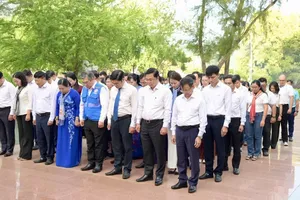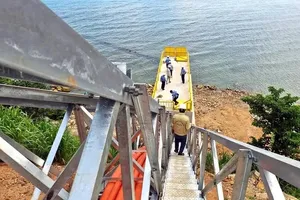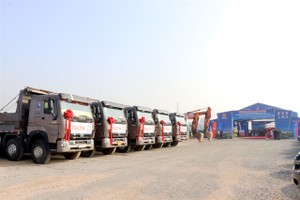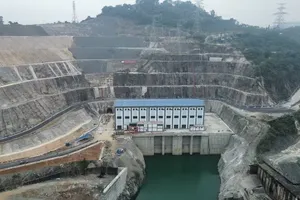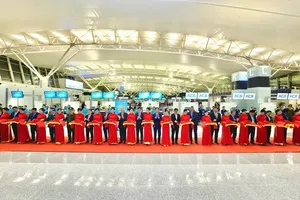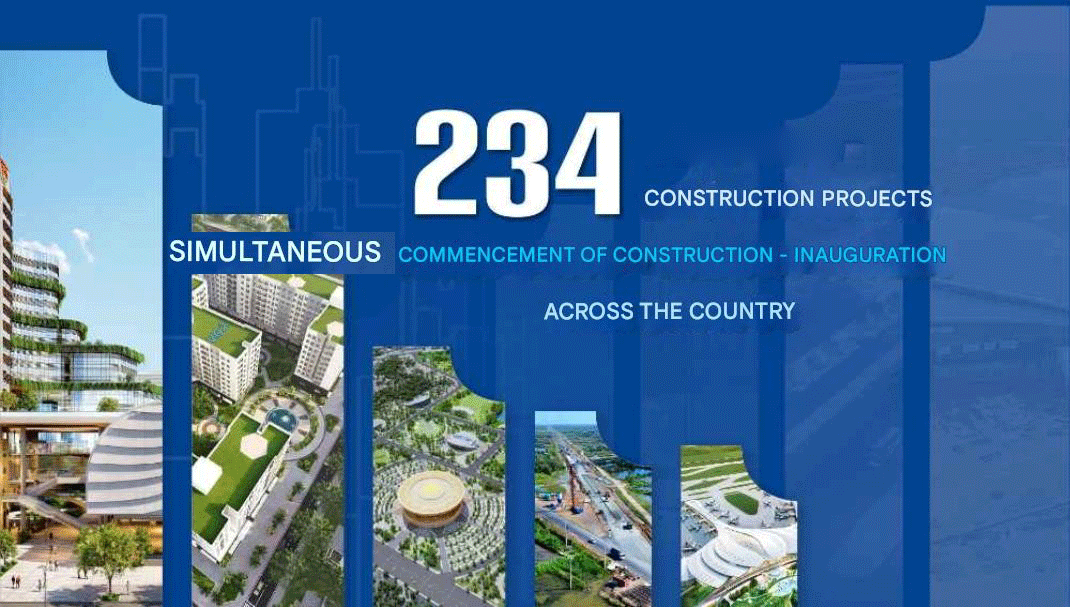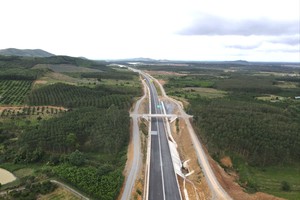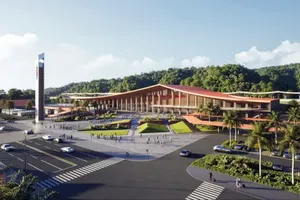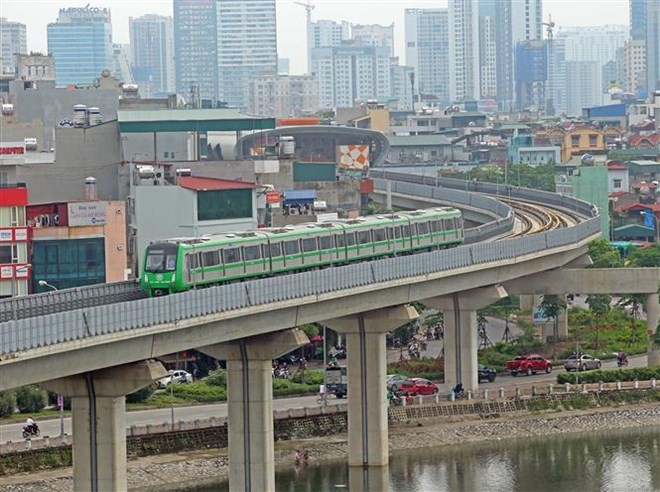
According to the project’s management board, the railway will be trialed for 3-6 months until it is ready for official operation.
Over the past few months, the units involved in the implementation of the project have accelerated the project to ensure it is completed in accordance with the direction of Prime Minister Nguyen Xuan Phuc and the Ministry of Transport.
Since August, the general contractor has carried out tests on equipment, such as checking the power supply, information and signal systems as well as running each train, said the project management board.
The move aims to determine that the entire project has achieved the technical standards as designed, it said, adding that the inspection has been completed.
The railway system will be trialed at night, running at full load with the operation of stations and passenger service facilities.
Currently, construction units are installing ticket machines and automatic ticket barriers; running the air-conditioning system and ventilation while repairing lights, escalators and elevators.
According to the project management board, all 13 trains will be put into operation simultaneously. Trains will start from Yen Nghia station in Ha Dong district to Cat Linh station in Dong Da district and will stop at each station for one minute.
During the early stage of the trial, the trains will run every 10-12 minutes at average speeds of 30-35km per hour. In the commercial exploitation period, the time gap between two trips will be gradually reduced to five minutes as designed.
More than 600 Vietnamese workers have been trained for the operation of the railway but Chinese personnel will take charge of the operation in the early stages of the trial.
The railway line stretches over 13km, linking Cat Linh street in Dong Da district in Hanoi downtown with Yen Nghia bus station in Ha Dong district. It includes 12 stations and a depot at Phu Luong ward in Ha Dong district.
Over the past few months, the units involved in the implementation of the project have accelerated the project to ensure it is completed in accordance with the direction of Prime Minister Nguyen Xuan Phuc and the Ministry of Transport.
Since August, the general contractor has carried out tests on equipment, such as checking the power supply, information and signal systems as well as running each train, said the project management board.
The move aims to determine that the entire project has achieved the technical standards as designed, it said, adding that the inspection has been completed.
The railway system will be trialed at night, running at full load with the operation of stations and passenger service facilities.
Currently, construction units are installing ticket machines and automatic ticket barriers; running the air-conditioning system and ventilation while repairing lights, escalators and elevators.
According to the project management board, all 13 trains will be put into operation simultaneously. Trains will start from Yen Nghia station in Ha Dong district to Cat Linh station in Dong Da district and will stop at each station for one minute.
During the early stage of the trial, the trains will run every 10-12 minutes at average speeds of 30-35km per hour. In the commercial exploitation period, the time gap between two trips will be gradually reduced to five minutes as designed.
More than 600 Vietnamese workers have been trained for the operation of the railway but Chinese personnel will take charge of the operation in the early stages of the trial.
The railway line stretches over 13km, linking Cat Linh street in Dong Da district in Hanoi downtown with Yen Nghia bus station in Ha Dong district. It includes 12 stations and a depot at Phu Luong ward in Ha Dong district.






